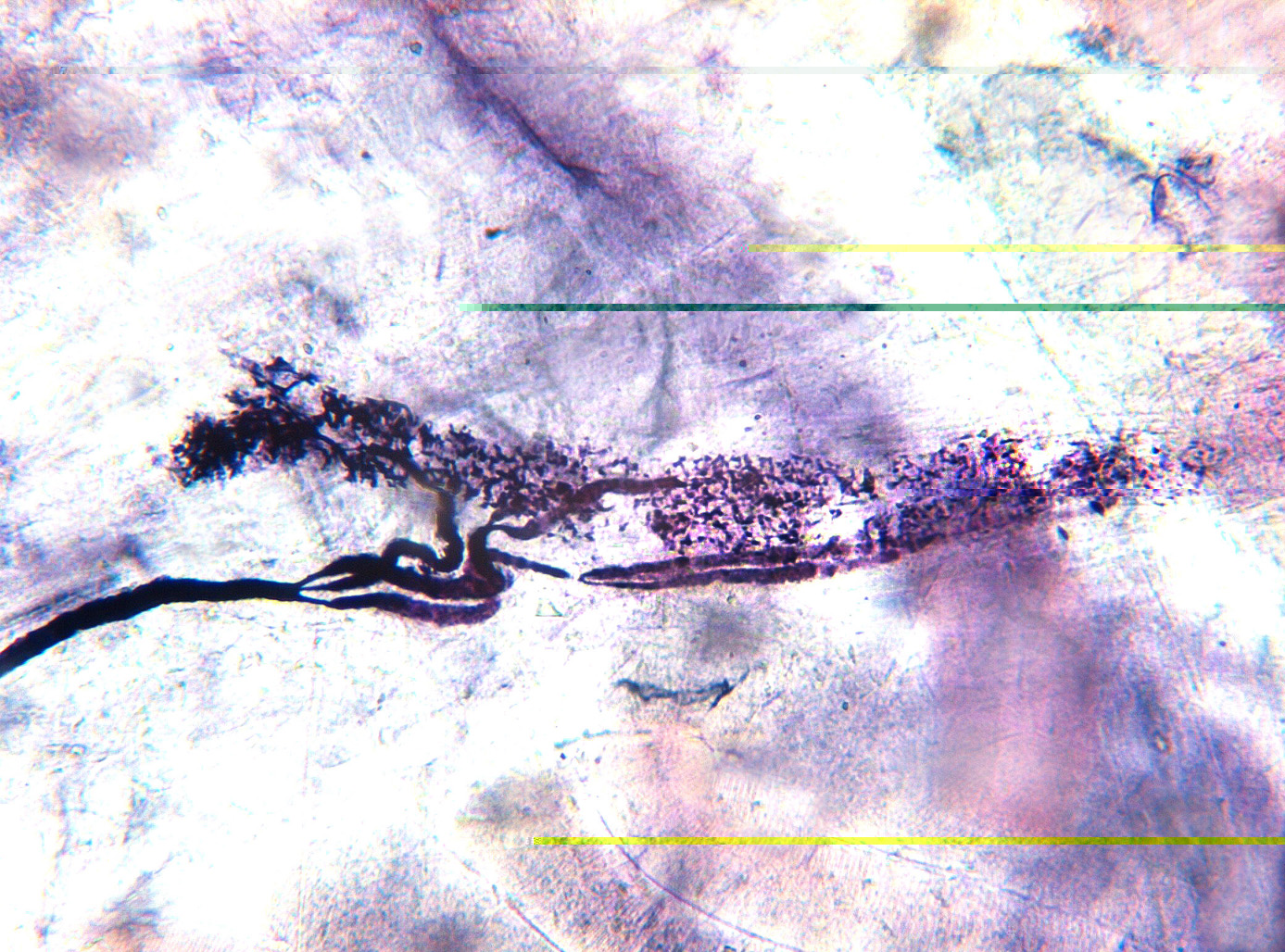Behavioral Neuroscience, lecture on Spinal Synapses for Lordosis
LORDOSIS
VI. Spinal Synapses - Afferent Circuitry
!First Neural Circuit for a Mammalian Behaivor!
A. Several Peptides plus serotonin (5-HT) are colocalized in the Pudendal
and Pelvic Nerves
1. Vasoactive Intestinal Peptide (VIP)
a. all inhibited by capsacin
i. CRF too
2. Cholecystokinin (CCK)
3. Substance P (SP)
4. Enkephalin (Enk)
5. Somatostatin (GHRIH)
6. All are present in the dorsal root
B. VIP and SP are stimulatory to lordosis
1. dorsal root VIP/SP cells synapse onto interneurons
a. stimulatory effect sent to motor neurons and brain
i. ascending afferent signal reaches
(1) lower brainstem module
(2) midbrain module
(3) hypothalamic module
2. dorsal root VIP/SP cells synapse onto motor neurons
a. VIP/SP signal to motor neurons not sufficient
to produce contraction of lateral longissimus
and transversospinalis muscles for lordosis
i. spatial summation of barrage of impulses
to dorsal root cells increases sensory impact
(1) but... it requires descending input
to be sufficient
C. Inhibited by Enk
1. probably also somatostatin
2. both via Gi blocking Adenylate Cyclase, cAMP, PKA, CREB
D. Motor Synapses in the spinal cord drive lordosis
1. summation of sensory and descending input
a. descending input starts at the hypothalamus
